Uzbekistan is not the first direction that comes to mind when planning a new trip. However, visiting this Central Asian country is definitely worth it! A breathless nature, a unique cultural and historical heritage and national cuisine, which will not leave a chance not to fall in love-all this is about Uzbekistan. In recent years, the country has thrown enormous forces at the development of tourism: monuments are restored on an industrial scale, new hotels, restaurants are opened, the attitude to the guests is friendly and hospitable. It is interesting that when you start a conversation with any local (of course, in Russian) and tell him that you are from Moscow, he instantly interested in which metro station you live. The fact is that in any Uzbek family there is certainly a brother, nephew or cousin working in the capital of Russia.
How to get to Uzbekistan
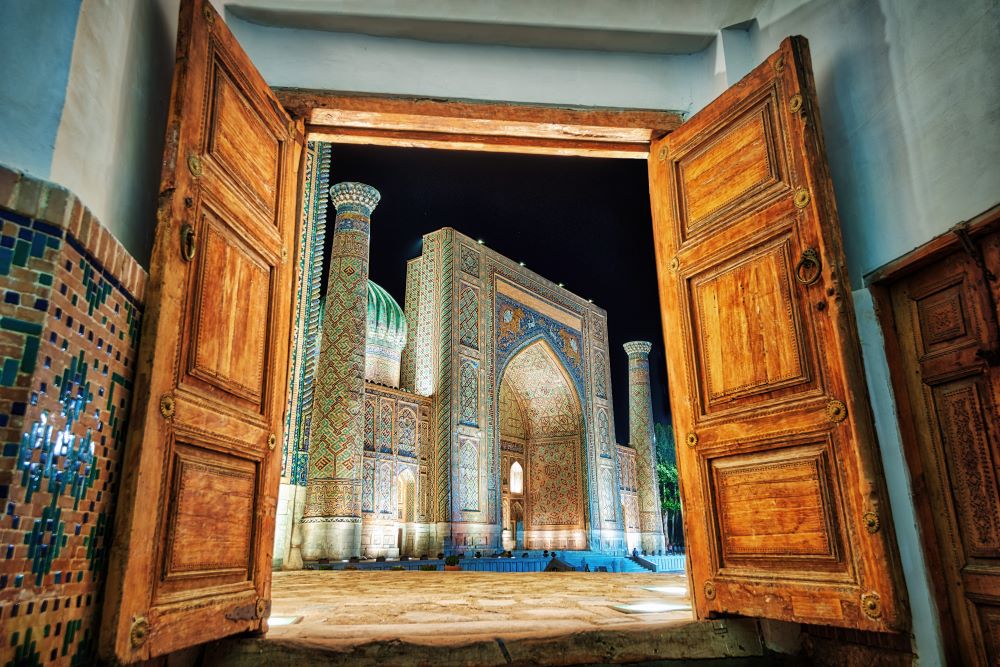
Russian citizens need only a passport to travel, a visa is not required. Without it, you can come for 30 days. But everyone who is in Uzbekistan needs to be registered. However, this does not create any difficulties for a tourist, because hotels make out all the papers for guests on their own. To enter the country, you will need to go through the PCR testing on the Covid-19 maximum 72 hours before departure. Also, within seven days after arrival, it is necessary to re-pass the PCR test.
We advise you to fly to Tashkent or Samarkand, it is most convenient to start a trip from these points on the Uzbek muste-ess. The cost of a ticket from Moscow to Tashkent back and forth starts from 26,000 rubles* per person, in Samarkand-from 27,000 rubles*.
What to see in Uzbekistan

If you can start a classic route along the silk path to Bukhara and Khiva from Samarkand, then it is better to go from the capital to inspect first Big Chimgan -The array from the mountain system Tien Shan. In winter, ski tourism is being developed here – there are lifts and sports complexes, modern hotels and recreation centers are being built. In warm times, tent tourism flourishes in the mountains: there are officially several dozen routes for campaigns to a different level of training. For lovers of extreme relaxation, tracks on ATVs and horse walks are organized, you can ride a paraglider above Charvak reservoir – This is the man -made Uzbek Lake Como. The lucky ones that they were in the mountains closer to the end of the calendar spring, they will be able to see a carpet of wild tulips blooming on still snowy slopes: a great place for photography for beautiful personnel.
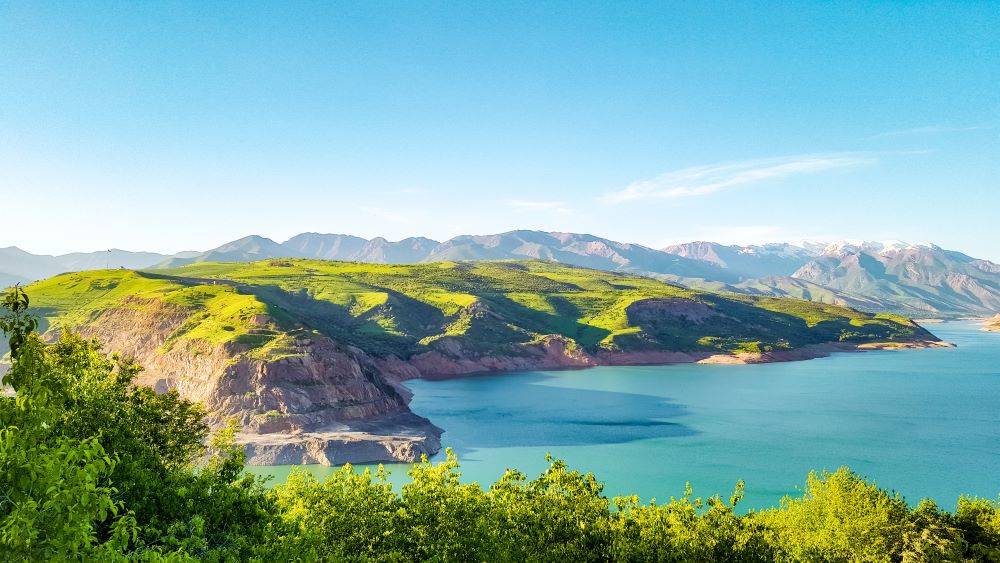
You can take a walk in the capital. Tashkent Actively grows in volumes: modern houses, mosques, temple complexes are being built, parks are broken. The city is striking in its scale. So, he has already managed to “absorb” the international airport, which is now almost in the city center.
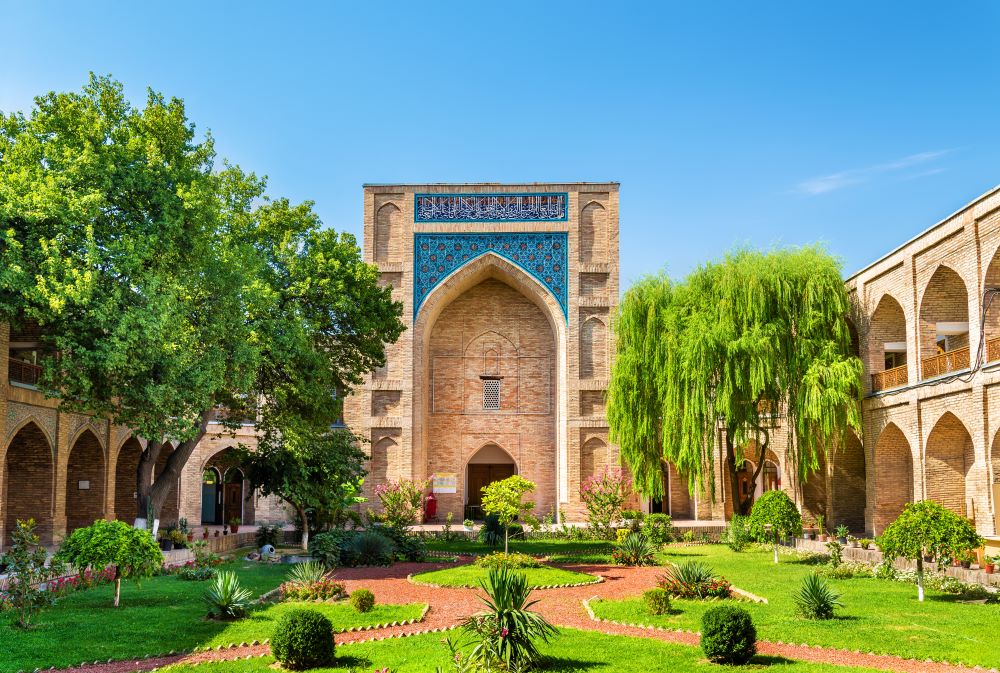
But still, the main attraction of Uzbekistan is its cultural wealth. To see the famous turquoise minaretes of Samarkand, Bukhara and Khiva are an obligatory program. In many ways, the cities are similar, but completely different: people, cuisine, traditions. However, a resident of each region is absolutely sure that his small homeland is the best place in Uzbekistan and they prepare the most delicious pilaf there.
What to do in Samarkand

One of the oldest cities on Earth. For many hundreds of years he was the center of trade between the East and the West. The great commander Tamerlan, or Amir Timur, as they call him here, chose Samarkand with the capital of his empire, and later his grandson, Mirzo Ulugbek, turned this city into a center of science and culture. You will often hear this name in Uzbekistan. The grandson of Tamerlane, the great ruler, famous for his peace -loving manner, craving for knowledge and enlightenment. He compiled a map of the starry sky and built one of the first observatories of the Middle Ages. European scientists revered him as a great sage and philosopher from Samarkand. The history of Mirzo Ulugbek is sad, but the contribution to the culture of these places is invaluable.
Both national Uzbek heroes are buried in Mausoleum Gur-Emir. This place is necessarily visiting. Unfortunately, tourists in the territory are allowed only in the afternoon. In the late evening, you can only admire the outer backlighting of the Mausoleum complex, and at night – the mysterious brilliance of the mosaic in the light of the stars.
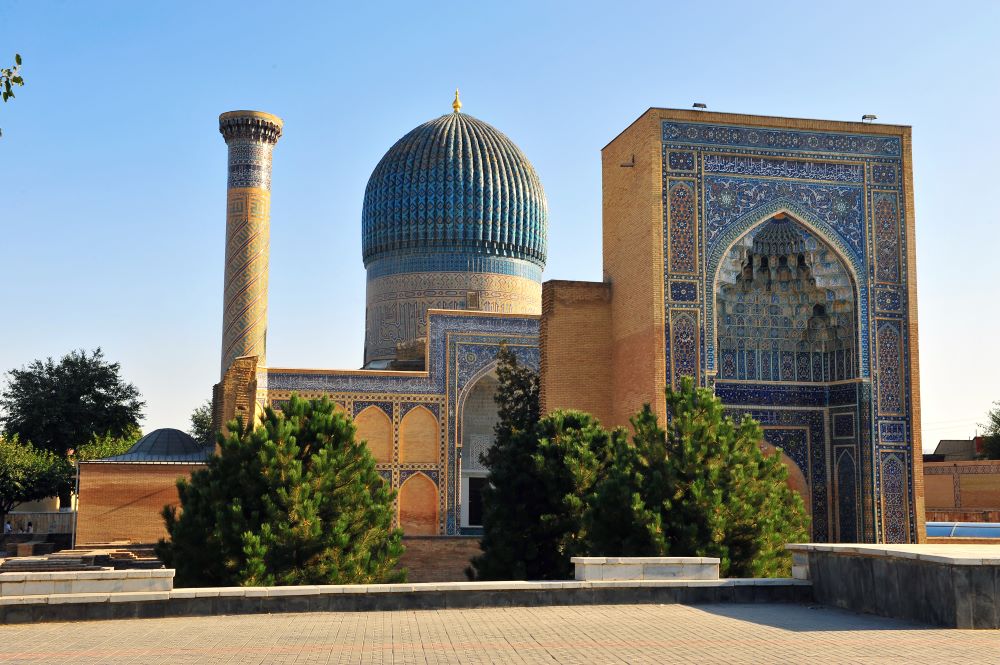
Look at Mausoleum Shahs Zinda. This is the famous ensemble of the tombs of the Timurid and Karakhanid nobility and the most photographed attraction of Samarkand. Carefully! An overdose of mosaics and blue ceramics may happen, but visual pleasure is provided.
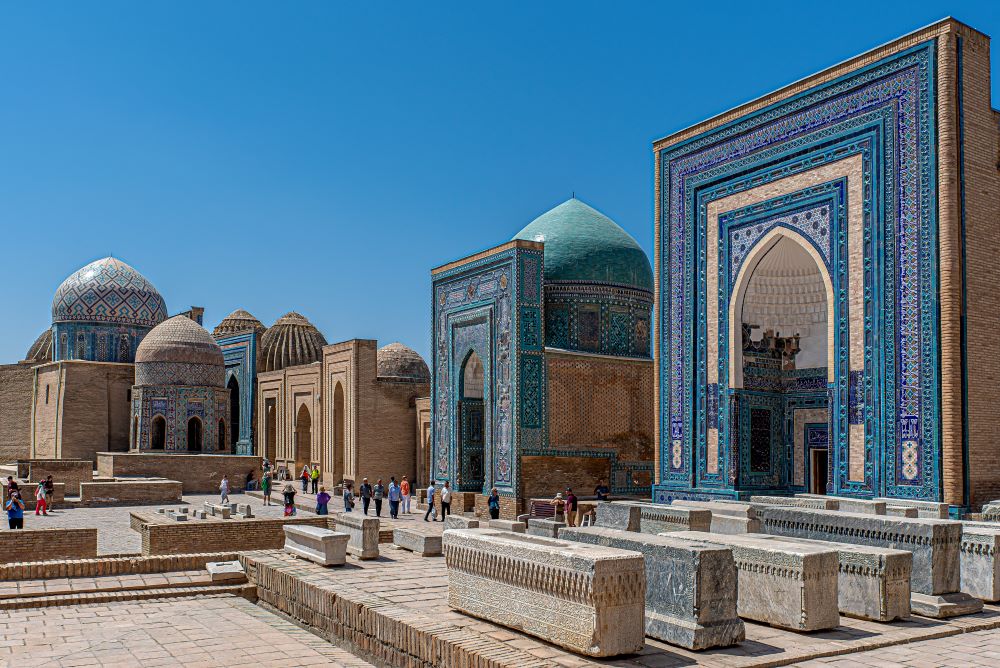
Do not miss the evening program for Square Registan. Like any historical square in Uzbekistan, it is formed by an architectural ensemble of several madrassas of the XV-XVII centuries. Visiting each of them is the duty of an inquisitive tourist. In the evening, the townspeople and guests of Samarkand gather for a light show: multi -colored lasers draw bizarre figures and patterns on ancient mosaic walls for accompaniment of national music.
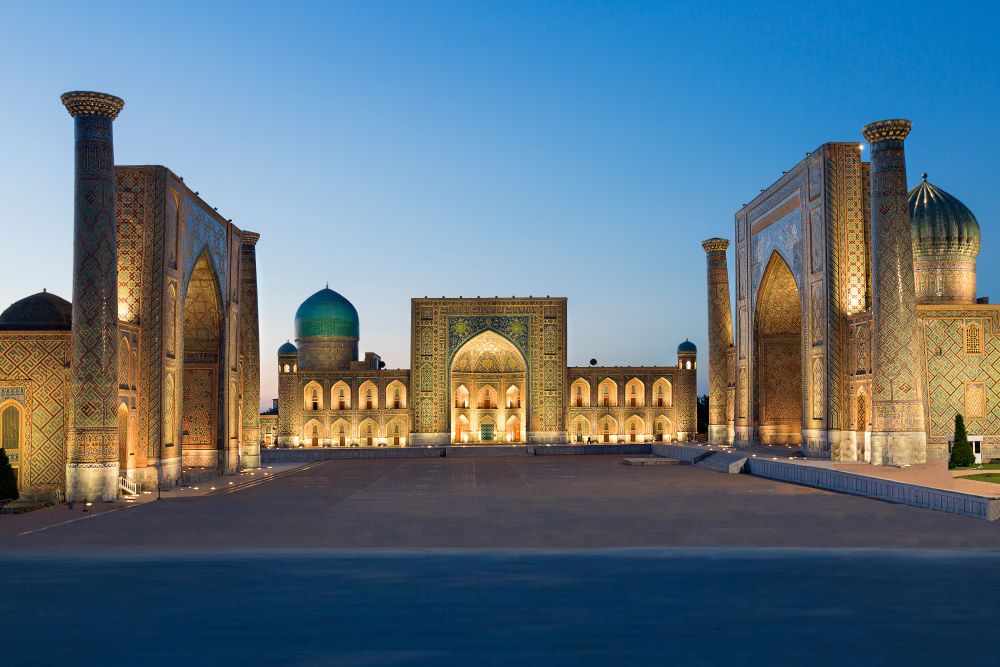
What to do in Bukhara
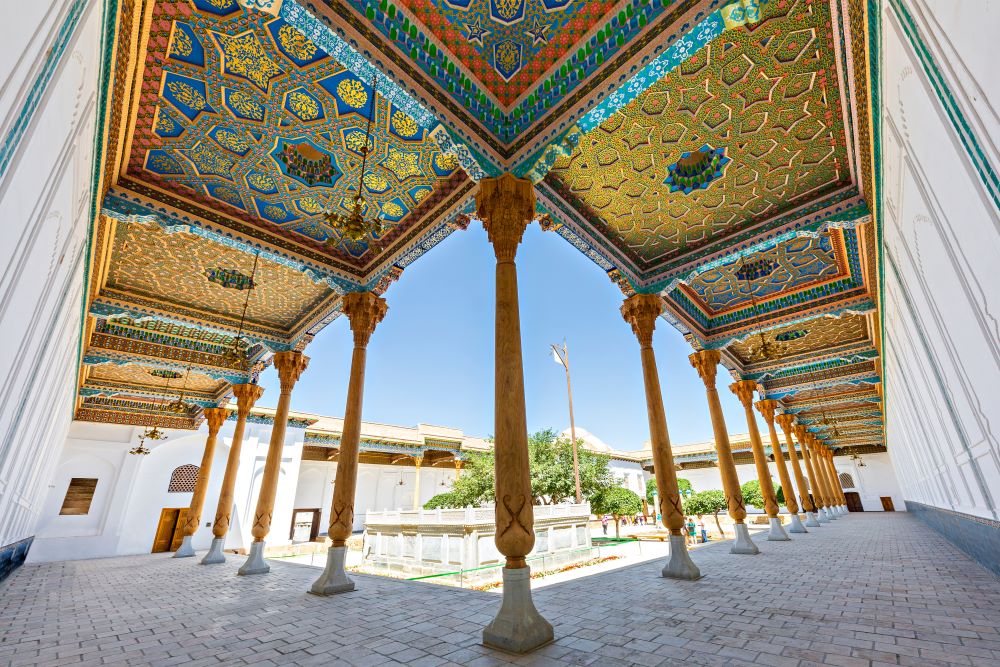
The age of this city known throughout the Muslim world is about 2.5 thousand years. The concentration of mosques, minarets, madrassas and tombs in this small territory is so great that Bukhara is considered a global support for Islam. However, in the 20s of the last century, the city seriously suffered from numerous raids of bombers. And what was not destroyed right away – for another half a century they systematically finished off the desert winds and frosts. However, today it is practically restored from the ruins and accepts tourists.
Bukhara is a place where you can afford to get lost and wander for a while surrounded by luxurious mosaic palaces and simple clay walls.
The most impressive structures – The fortress of the ArkBuilt in the 4th century BC. Today, the citadel is an important archaeological monument. Inside there is a museum-reserve and cultural and historical exhibitions are held.

The architectural ensemble of the bo-kalyan – Another popular attraction of the city. The central point is a minaret of age a little less than 900 years, which has never been restored and reached us in its original form. The mosque and madrassas were built later, in the 16th century. Apparently, the construction in those days was quite costly for the authorities, so there is a legend that three thousand people were sold to replenish the project budget to slavery.
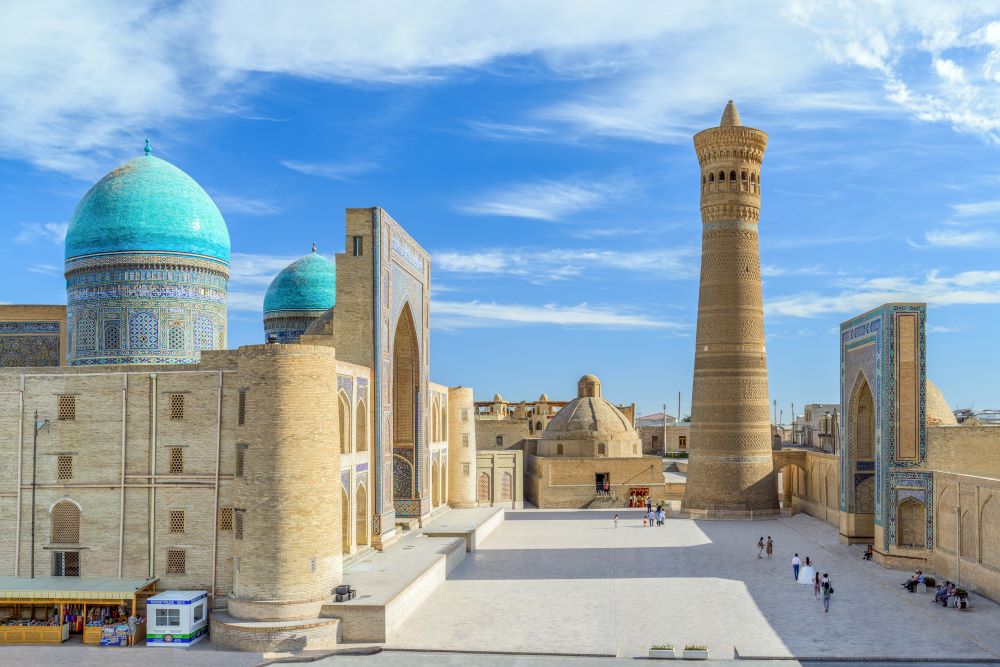
If you want to personally see the most famous symbol of Bukhara – bright turquoise domes against the backdrop of the blue sky – visit Miri Arab Madrases. This is one of the main historical monuments of the city and the continuously operating theological school, which produced religious mentors and imams even in Soviet times.
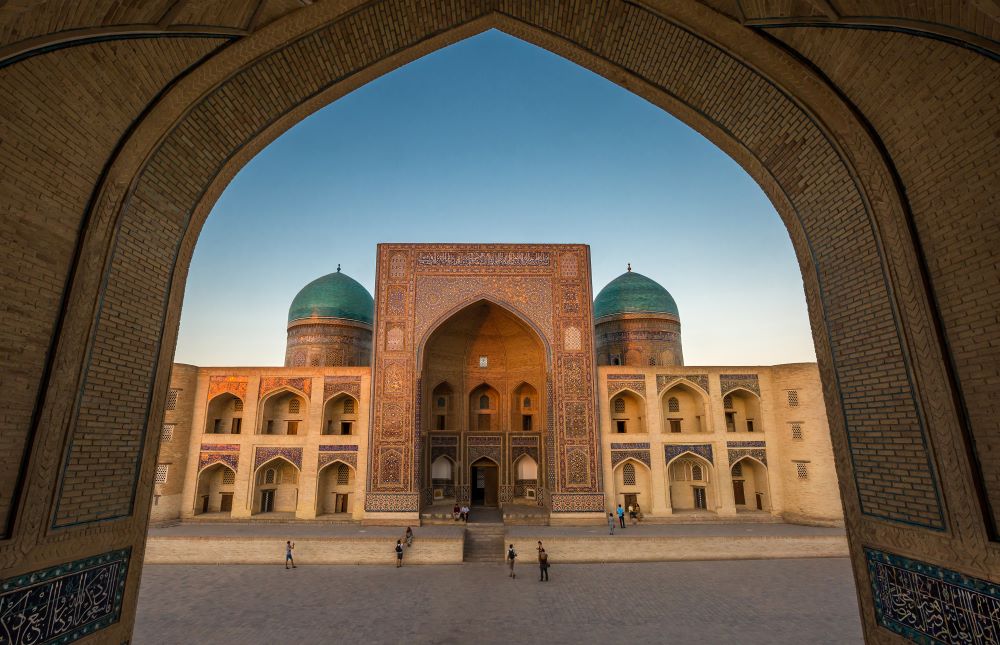
A real masterpiece of Central Asian architecture can be called Madrasah Ulugbek – An important stronghold of education in this traditionally trading region.
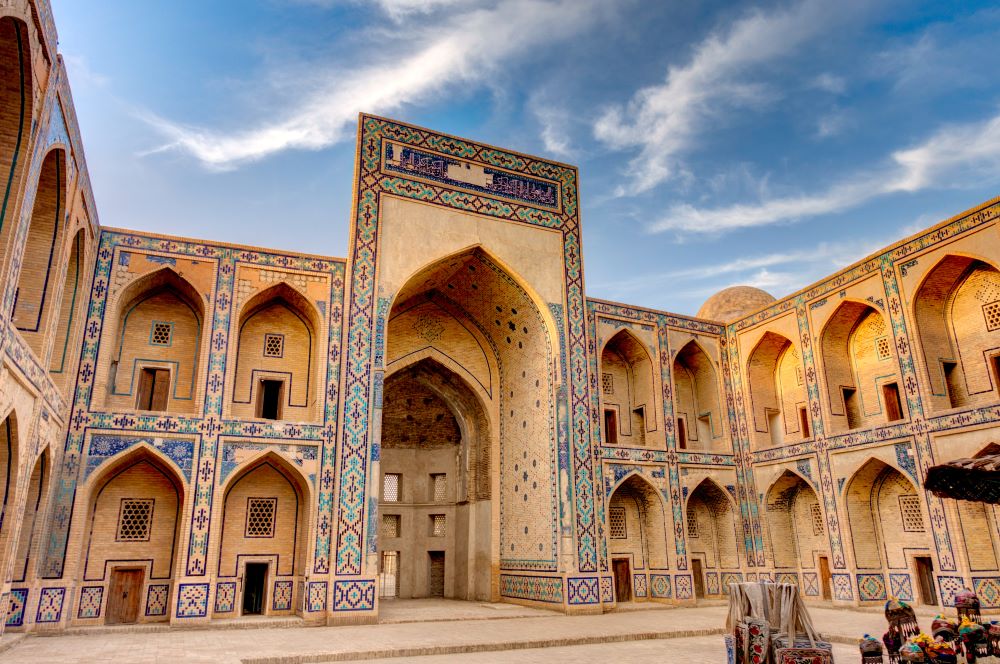
What to do in Khiva
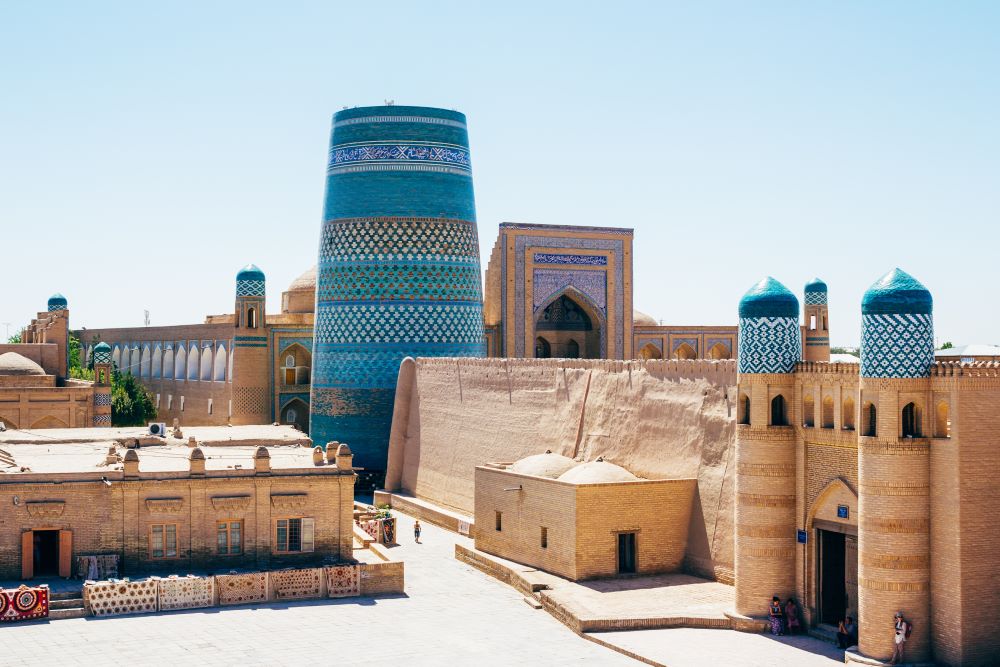
The historical city is located near the border with Turkmenistan. A couple of days for the inspection will be enough with the head, because the main tourist interest is Inner city-fortress of Ichan-Kalawith an area of only 1 sq. Km. It is surrounded by high walls of clay and stores a huge number of ancient artifacts in its bowels. It is better to buy an entrance ticket – it gives the right to visit all museums, madrassas and viewing platforms of the fortress.
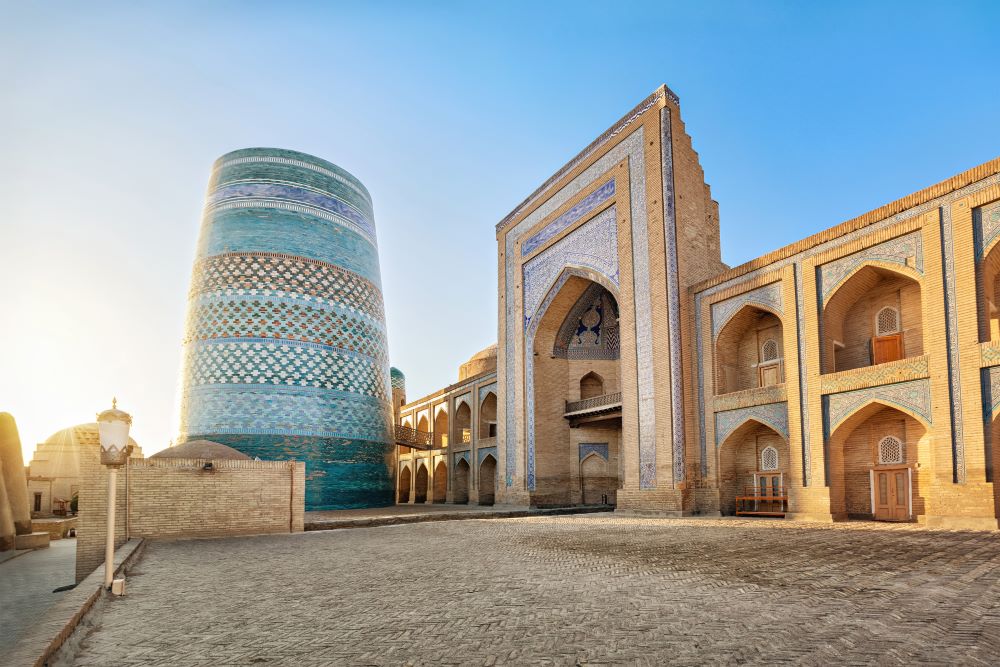
The first thing that catches your eye when you go into the city through the western gate is unfinished Minaret Kalta-Minora width of 14.5 meters at the base. It is richly decorated with ceramic mosaics and looks like a huge barrel. Having walked forward along the street, you can wrap it on Friday Mosque Juma Masjid. The ceiling of the large hall is based on 213 carved columns – the main local attraction. The oldest of them is more than a thousand years, and the drawing is not repeated on any of the columns.
Be sure to go to Mausoleum of the praise of Mahmud. In my subjective opinion, this is the richest and most beautiful madrasah in Uzbekistan.
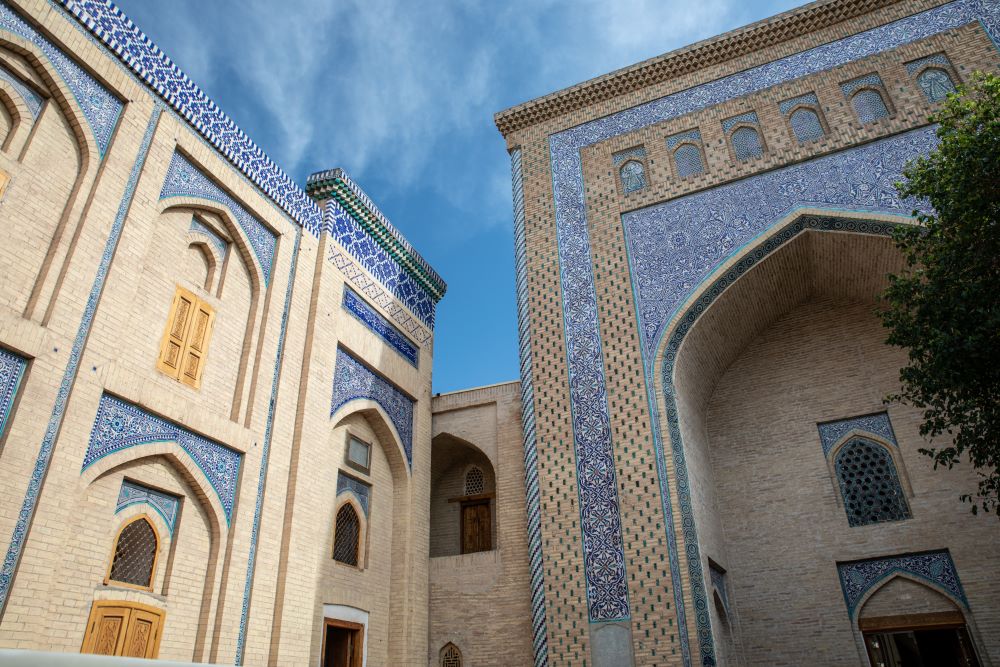
You can inspect an unusual city from a height by climbing a narrow and slippery staircase to the top minaret of Islam Khoja. We also advise you to visit the hare of the khan – its small yard is decorated with carved columns and ceramic tiles, which is rightfully considered the pride of the Hivinets.

Another pride is local cuisine, not like a classic Uzbek. Be sure to try dill noodles in one of the local chamber cafes or even visit a master class on its manufacture.
And of course, in any of the cities of Uzbekistan, do not deny yourself the pleasure of trying local pilaf! And upon returning, tell your friends in which, after all, the region was the most delicious.
*Prices are valid at the time of publication

